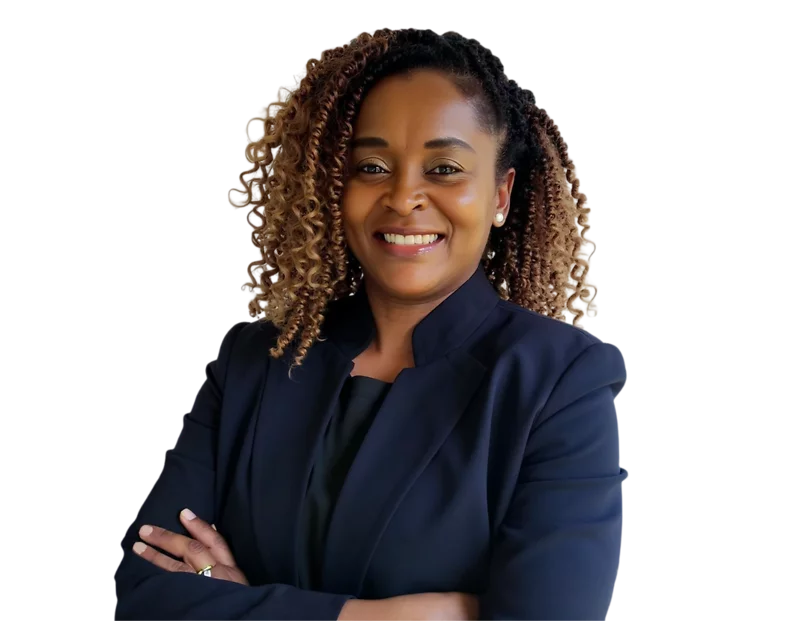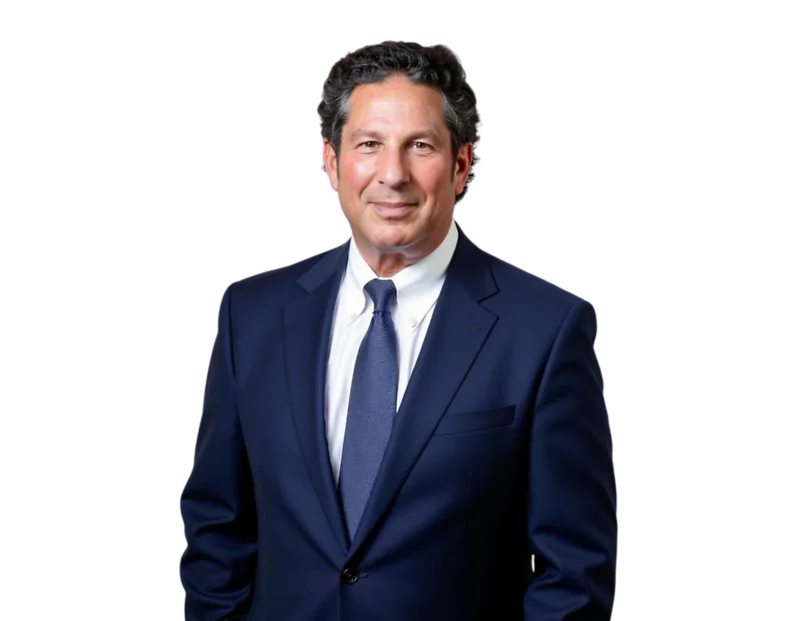Has the EEOC ever read this book? Maybe we should send them a copy.
By now, you have probably heard about the latest spanking administered by the Honorable Roger W. Titus, U.S. District Court Judge for the District of Maryland, to the U.S. Equal Employment Opportunity Commission -- in a criminal and credit history case against Freeman, an event planning company.
Judge Titus granted the company's motion for summary judgment and really let the EEOC have it. He said that the EEOC's expert reports, purporting to show statistical evidence of "racially disparate impact," contained "a plethora of errors and analytical fallacies" that were "mind-boggling" and rendered them "completely unreliable," and accused the EEOC's statistical expert of "cherry-picking" applicants for inclusion in the data and committing "an egregious example of scientific dishonesty." At some point he also called the EEOC's analysis "laughable."
If you're a law nerd, and especially if you take issue with the EEOC's position on use of criminal background and credit history information in hiring (as I do), you should get a kick out of reading Judge Titus's opinion.
But more important than the entertainment value, you will find in this opinion all kinds of good ways to rebut a statistical expert report if you are ever on the receiving end of a disparate impact charge or lawsuit.
Disparate impact
First, a brief and oversimplified explanation of "disparate impact": In a disparate impact case, the plaintiff claims that a facially neutral policy or practice disproportionately affects members of a particular protected group. For example, use of criminal history information in hiring can disproportionately exclude African-American and Hispanic male applicants because they have higher rates of conviction than members of other racial or ethnic groups, and than females of any racial or ethnic group.
If the plaintiff proves that you have disparate impact, you must prove that your criteria are "job-related and consistent with business necessity."
Disparate impact cases almost always require the use of statistical evidence. Judge Titus threw out the Freeman lawsuit on the ground that the EEOC's statistical evidence was -- how shall I say this nicely? -- garbage. (An EEOC lawsuit against Kaplan Higher Education was thrown out on similar grounds several months ago, which tells me that the EEOC is having some serious problems with these cases. Dollar General and BMW, take heart!)
10 lessons for employers
If you're an employer facing a disparate impact charge or lawsuit, here are 10 things you ought to look for, courtesy of Judge Titus:
1. Garbage in, garbage out. The EEOC had "a plethora of errors" in the database on which its statistical report was based. Of course, if your data are faulty, your statistical analysis based on the faulty data will be equally faulty.
2. If you're the employer, you'll never go wrong by taking the high road. The EEOC wrongly blamed the company for its bad data, claiming it was only using what had been provided to it in discovery. That didn't go over too well with Judge Titus, who noted that the company had been very forthcoming in discovery, providing detailed information about almost 59,000 applicants while the EEOC focused on about 2,000 . . . and didn't even select them according to scientifically accepted methods.
3. Does anybody really know what time it is? Judge Titus noted that the EEOC's credit check data covered 1/1/05-10/13/08 while the EEOC's claims covered the period of 3/23/07-8/11/11. The criminal check data covered 1/1/07-10/14/08, but the EEOC's claims covered the period of 11/30/07-7/12/12. Huh? For obvious reasons, statistical evidence generally has to match the time period at issue in the lawsuit. In addition, the EEOC used credit history data from an earlier time period to show disparate impact after the company changed the way it used credit information.
4. Don't let the expert "game" the results. Here was the "egregious example of scientific dishonesty," according to the judge. The EEOC's statistical expert, Dr. Kevin R. Murphy, "cherry-picked" individuals who had been rejected because of criminal or credit history and added them to the database, which of course made the company's numbers look worse than they really were.
5. Know the territory. Half of the company's branches were not even included in the EEOC's report, and for no apparent reason.
6. Don't be fooled by "corrections." After the EEOC submitted its expert report, the company pointed out all of these fatal flaws in the analysis, plus a few more, summarized below. Instead of backing down, the EEOC submitted a "supplemental" report that supposedly corrected the errors in the original. There were two problems with this "supplemental" report. First, it was still full of errors. Second, courts have deadlines for submission of expert reports. And you're supposed to comply with them. You can't do a new report every time your opponent in litigation succeeds in pointing out that your expert report is worthless. Judge Titus called this "making a mockery of procedural standards."
7. Make 'em compare apples to apples. If the EEOC is trying to prove discrimination in a branch that hires from, say, the Atlanta metro area, it usually can't use nationwide statistics because they may not be the same as the statistics for the Atlanta area, from which you draw your applicants.
Here's an oversimplified example of why not. Let's say your office is in North Dakota. You have 10 employees of Norwegian background and one African-American. In North Dakota, where the African-American population is pratically nonexistent, that is pretty darned good. In Atlanta, where there are lots of African-Americans and, I am guessing, very few Norwegians, it would look suspicious. Geography matters.
8. The buck stops with the EEOC (or plaintiff). You don't have to hire your own expert or conduct a counter-analysis if your opponent's statistical analysis is garbage. It's up to your opponent to prove to the satisfaction of the court that its statistical evidence is sound. Freeman did not have a counter-expert but used sworn statements from lay witnesses to point out everything that was wrong with the EEOC's data.
9. Make 'em be specific. Even if your opponent is able to show that there is a statistical disparity, it still has to identify a specific employment practice that results in the impact. As Judge Titus noted, "if a policy can be broken down into discrete parts, the plaintiff must identify which part is responsible for creating racial or gender disparities." Judge Titus said the EEOC report did not do this.
10. Make 'em follow the court rules, or "surreplies are disfavored in the law." The general way briefs work in a court case is as follows: moving party files a brief, opposing party files a response, moving party gets the last word by filing a reply, which is supposed to be limited to rebutting what the opponent brought up in the response. (In other words, if you're the moving party, you're not allowed to "sandbag" your opponent by saving all of your best stuff for the reply.)
Every now and then the opposing party will want to "reply to the reply" -- this is called a "surreply." The court must grant permission before a party can file a surreply, and courts aren't crazy about them, although they're sometimes allowed for good reasons.
The EEOC's litigation team knows this rule but still asked to be allowed to file a surreply after the Defendant pointed out just how weak Dr. Murphy's statistical analyses really were. Judge Titus didn't cotton to that.
Plus, when you ask to file a surreply, you're supposed to include a copy of the proposed surreply so the judge can evaluate it before deciding whether you can officially file it. The EEOC didn't do that.
It should be noted that, based on the court's summary of Freeman's criminal and credit history practices, it sounded as if Freeman was handling criminal and credit information exactly the way the EEOC recommended in its 2012 Enforcement Guidance. So why was Freeman sued at all? Our tax dollars at work.
I can't improve on Judge Titus's closing, so here it is: "By bringing actions of this nature, the EEOC has placed many employers in the 'Hobson's choice' of ignoring criminal history and credit background, thus exposing themselves to potential liability for criminal and fraudulent acts committed by employees, on the one hand, or incurring the wrath of the EEOC for having utilized information deemed fundamental by most employers."*
*Including the EEOC, which conducts criminal background checks when it is hiring.
Word.
Image credits: Wikimedia Commons.
- Of Counsel & Chief Legal Editor
Robin also conducts internal investigations and delivers training for HR professionals, managers, and employees on topics such as harassment prevention, disability accommodation, and leave management.
Robin is editor in chief ...
This is Constangy’s flagship law blog, founded in 2010 by Robin Shea, who is chief legal editor and a regular contributor. This nationally recognized blog also features posts from other Constangy attorneys in the areas of immigration, labor relations, and sports law, keeping HR professionals and employers informed about the latest legal trends.





































